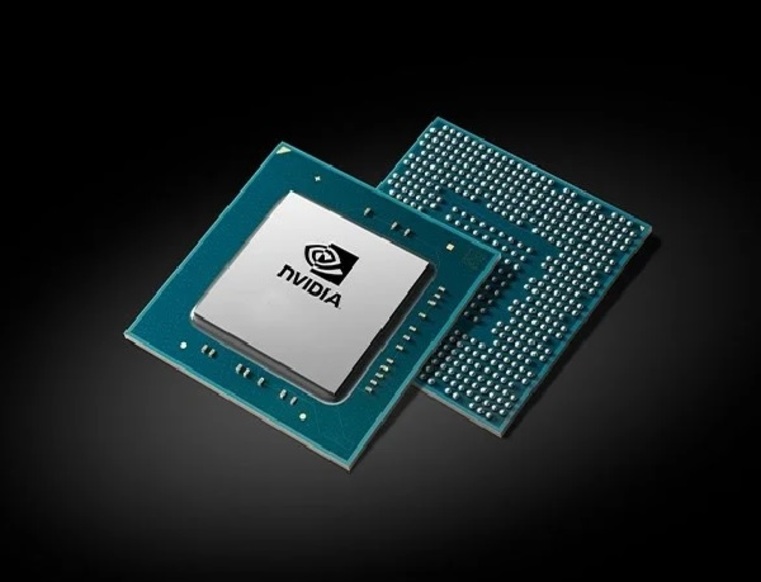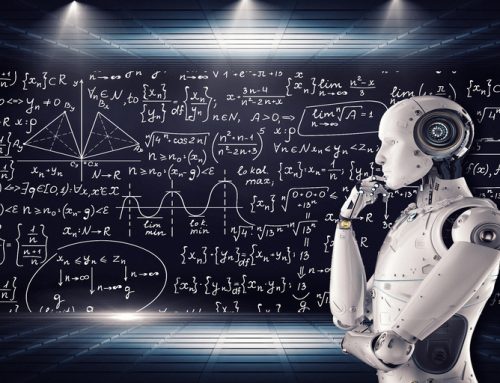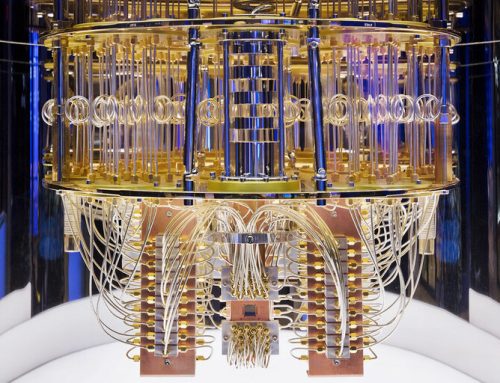
The graphics processing unit is also known as a Graphics card or Video card in laymen’s words whereas many of us know it as a gaming card. GPU is the computer component that renders images and video at high speed by performing mathematical operations. Currently, GPUs are being used for both professional as well personal computing. Initially Central processing unit (CPU) performed these operations but there is one limitation to it. CPU is not able to perform multiple operations parallel; it can perform one big task at a time whereas GPU can perform multiple small tasks parallel. Let’s dig up more about the GPU.
What is a Graphics Processing Unit (GPU)?
It is a specialized programmed microprocessor to perform complex mathematical operations to solve image and video rendering processes. GPU comes as a separate peripheral, which is part of the motherboard chipset. Sometimes it is built inside a microprocessor with a CPU. The more advanced the GPU is either in hardware or programming aspect, the better it will perform. We have seen the many uses of GPU in modern computing, maybe for gaming or video editing but a new common use of it is Bitcoin mining.
Functioning of GPU:
A GPU can be found integrated with a CPU in the same electronic board or dedicated hardware on the graphics card. In view of construction CPU and GPU are similar but GPUs are specifically designed for performing more labyrinthine mathematical and geometric problems. GPU may contain more transistors than a CPU to perform high-speed switching on bit levels 0’s and 1’s.
In Graphical processing, unit operations are performed in a parallel manner. Here multiple processors handle separate parts of the small task. A dedicated hardware-based GPU has RAM (Random Access Memory). Its RAM is responsible to store data on images, video, or mathematical processing.
Type of GPUs:
GPUs will come in two types:
- Integrated GPU: These GPUs are also known as iGPUs or integrated GPUs. They are built into the microprocessor with the CPU. These are less powerful than dedicated GPUs and are mainly used for basic graphics tasks like displaying the operating system interface.
- Discrete or Dedicated GPU: Discrete GPUs are separate graphics cards that are installed as separate hardware in the computer system. These GPUs are more powerful with their dedicated memory and processing unit. Discrete GPUs are designed for heavy graphics or mathematical operations.
Dedicated GPUs can be further classified based on their market cap:
- Consumer GPUs: Consumer GPUs are designed for home-based appliances such as personal computers for gaming or handling demanding workloads such as video editing and three-dimensional rendering.
- Professional GPUs: These are designed for professional use cases such as CAD, animation, scientific simulations, etc. Professional GPUs are optimized for accuracy and reliability and come with specialized drivers.
- Mobile GPUs: In present scenarios, most mobile phones are coming with efficient GPUs. These GPUs are dedicated to power optimization and heat management, as mobile devices have limited battery life and cooling facility.
GPU vs CPU:
In view of architecture, GPUs are fairly similar to CPUs. However, CPUs are used to respond to and process the basic instructions that drive a computer, while GPUs are designed to quickly render high-resolution image processing. At present time these are differentiated by the number of cores. In a computer system core is known as the processor within the processor. Each core is dedicated to process its own tasks. CPUs are designed to run processes serially with the help of their generalist components where GPUs run processes parallel with their specialized component.
Top GPUs and graphics cards in the market:
Nvidia, Advanced Micro Devices (AMD), Intel, and ARM are some blue-chip companies in GPU manufacturing and designing.
Examples of GPU applications/computing:
- Gaming
- Productivity
- Media and Entertainment
- Bioinformatics
- Data Science, Analytics, and Databases
- Defense and Intelligence
- Machine Learning
- Medical Imaging
- Weather and Climate
- Cryptocurrency mining
Thanks for reading. See you soon with another exploration!






[…] processing. To solve these problems Super Computers had developed. These computers have multiple CPU and GPU units to perform fast and rigid operations very quickly. Even after this high capability Super […]